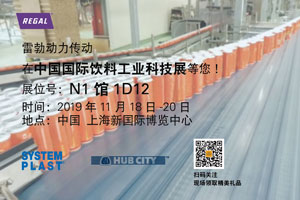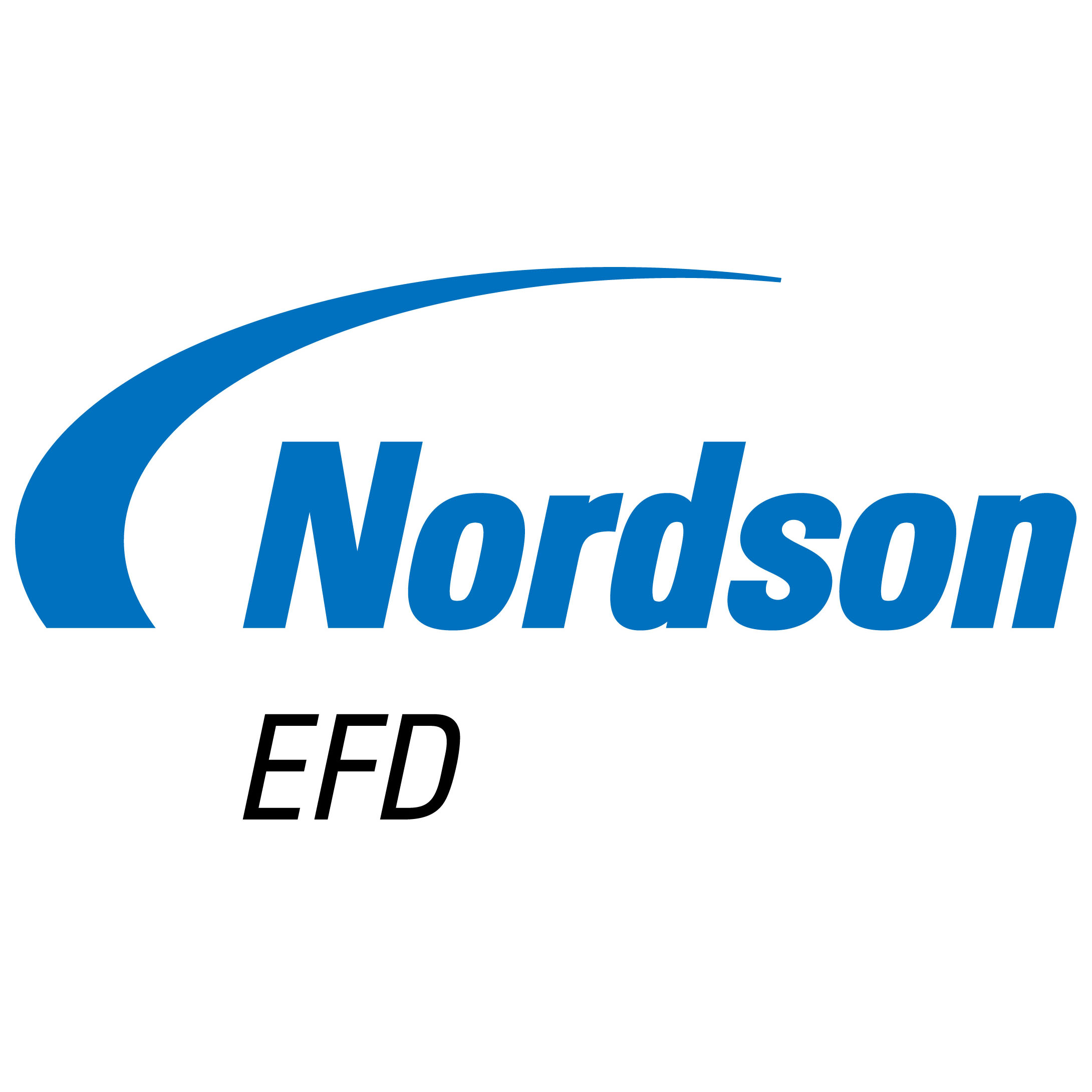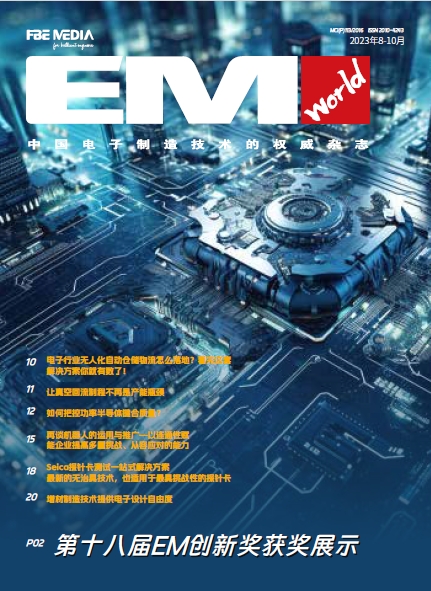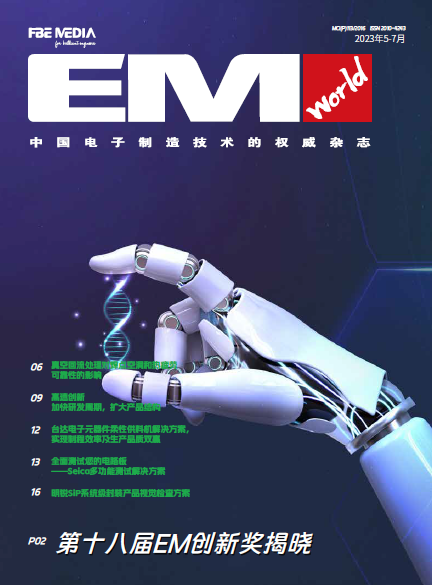Productronica, hall/stand A2-177
Effectiveness not only plays an important role in purchasing, logistics and workflows, but a decisive competitive advantage also is achieved in respect to the inspection concept and the use of AOI and AXI systems by linking information. The Viscom Quality Uplink successfully links SPI, AOI, AXI and MXI. This prevents human false accepts, reduces manufacturing costs and increases the first-pass yield.
The Viscom Quality Uplink features a closed-loop connection to the paste printer. This allows the SPI to initiate an automated correction of the solder paste printing or optimize cleaning cycles. Additionally, Viscom offers verification of the stencil design in the framework of program generation. The forward loop of the automatic correction of component placement also is possible. When viewing the 3-D SPI in the direction of the end-of-line process, the Quality Uplink makes it possible to optimize the SMT process in five steps by linking SPI information with post-reflow AOI, AXI or MXI.
Step 1: Image Uplink In the first step, the SPI defect patterns are transferred as a bitmap to the post-reflow classification station. After the AOI defect verification, the SPI-only defects are subsequently displayed as well. These are the defects that were detected on the SPI but were no longer noticeable on the AOI since they were corrected during the process. Here, the Image Uplink helps the operator to verify the displayed soldered connection.
Step 2: With the Paste Uplink, Viscom offers the option of displaying the results of the paste inspection in the framework of the AOI or AXI defect classification. For all soldered connections of an affected component ID, the 3-D and 2-D paste information and features are available, regardless of the SPI inspection result. Additionally, the information from all adjacent soldered connections can be called up, avoiding misclassifications (human false accepts) to the greatest possible extent when the result of the solder joint inspection is verified.
Step 3: With the Solder Uplink, additional images of the finished soldered connection for SPI-only defects and/or SPI limit defects are provided automatically. A feature of the Viscom 3-D SPI is used to generate so-calledwarnings. In addition to the categories certainly goodand certainly bad, there is the group of paste application in the limit range,which is especially relevant for paste printing. These views can be recorded orthogonally, angled, in 2-D and 3-D, and in color. Together, with the detailed information from the SPI, they provide clear indications of how certain irregularities have behaved after soldering. The additional images can come from the AOI as well as the AXI or MXI. This comparison makes it easy to develop the optimum inspection strategy and optimally use resources.
Step 4: TITUS Uplink As previously mentioned with the Solder Uplink, Viscom distinguishes between marginal defects and definitive real defects, i.e. specification violations, in the paste inspection. Both limits can be defined independently of one another according to the component type. Depending on the paste measurement values, the TITUS Uplink can be used to define the inspection strategy online, while taking the AOI inspection into consideration. For example, the rules can be defined in relation to products or components. The configuration takes place on the Viscom SPI and determines rules such as which inspection step is addressed and when. Depending on the inspection result, particular inspection steps can be eliminated or activated, resulting in false call reduction, improved quality and increased efficiency.
Step 5: All relevant AOI, SPI, MXI and AXI data can be saved for later process analysis and quality optimization with the Process Uplink. Using the Viscom Uplink Process Analyzer (VUPA), all defects that have occurred can be subsequently analyzed on an offline PC. The functions offer direct conclusions about the soldering result and the corresponding paste inspection results. Therefore, the Process Uplink can directly help define optimized defect limits. The advantages include cost reduction, process and quality optimization and complete documentation.
Finally, the wide product range of Viscom systems makes it possible to include the inspection results of the MXI systems (off-line X-ray inspection) in the uplink in addition to the AOI and AXI results. All inspection data from the Viscom 3-D solder paste inspection can be displayed at the verification station and compared with the images of the X-ray inspection.
The Viscom Quality Uplink makes it possible to better understand process limits and link all inspection data and results in such a way that they are available where they are needed. This conserves valuable resources and optimizes manufacturing costs.







